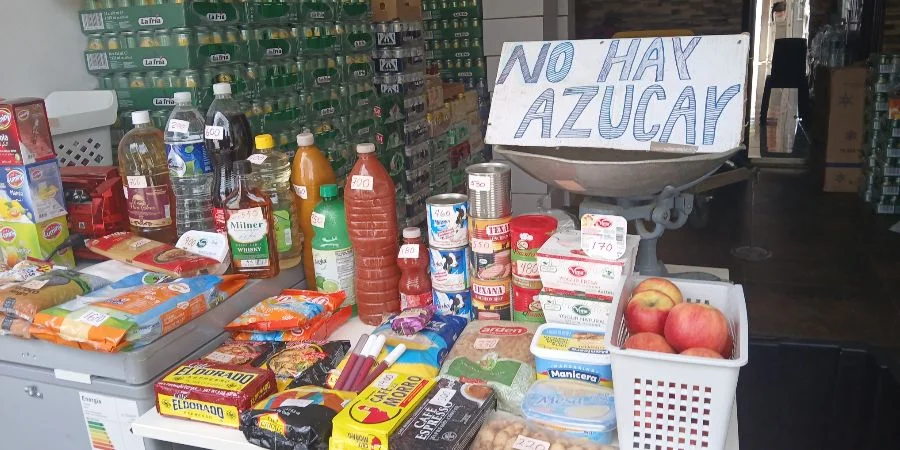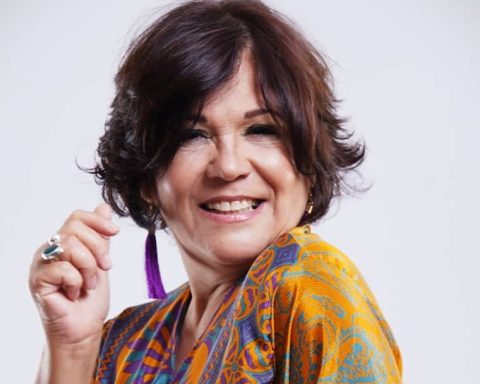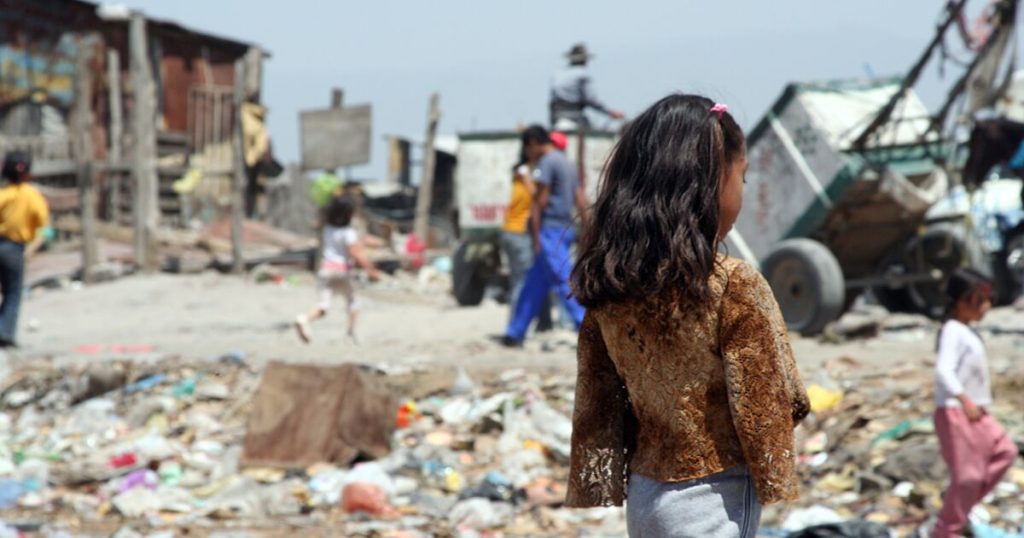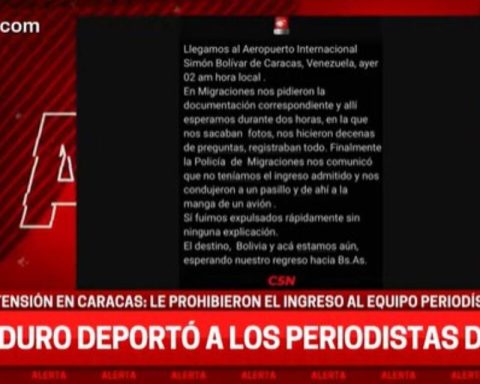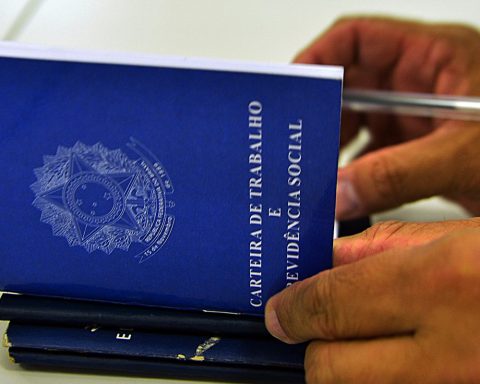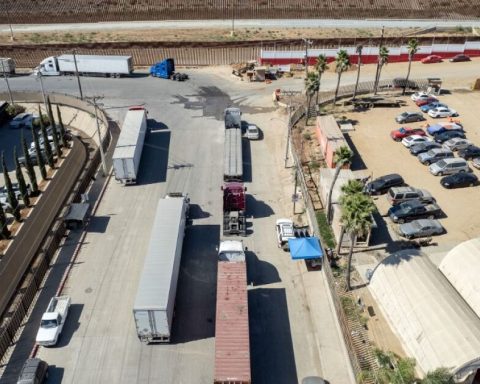SANTA CLARA, Cuba. – In recent months, Yaíma Maineira, an entrepreneur who is dedicated to making cakes to order and selling them on social networks, had to raise the price of her cakes to more than double their usual cost due to the large investment involved in purchasing sugar in the informal market. To ration the little he could get, he chose to sweeten the panetelas with condensed milk and chocolate coating, instead of meringue, which led to the prices of his pastry catalog rising to 2,000 pesos.
“Before they had a daily delivery, but now I only make them to order and have them pay me in advance, because I have had to consume some already finished, due to the high price that not everyone can pay,” says the young woman. He also exemplifies that many businesses similar to his have closed “not so much because of the eggs, but because of the sugar.” A report from this same month published in the newspaper 14ymedio corroborates that in the capital several candy stores have also stopped operating because “the accounts don’t work” and their owners have preferred to liquidate them rather than spend thousands of pesos just on sugar.
Each pound of “bulk” sugar has cost more than 500 pesos in Havana “on the left” and a little more if purchased packaged by kilograms. Recently, actress and activist Kiriam Gutiérrez referenced on his Facebook profile to the scarcity of the product so precious among Cubans: “I think of the times when even a milordo [agua con azúcar revuelta en un jarro con hielo] It was sometimes breakfast, snack and even dessert (…). It’s so simple, I just want sugar to have a cup of coffee in the morning.”
Packages of imported sugar are sold for almost 1,000 pesos in micro, small and medium-sized businesses (MSMEs). The owners of these markets obtain their supplies, in turn, from third parties who transport them directly from the Mariel Development Zone. By the same public promotions in Facebook sales groups It is known that the first-hand price ranges from 0.98 dollars (USD) per kilogram (Brazilian sugar) to 36,500 Cuban pesos (the 50 kilo bag brought from Guatemala). A container of 500 units of the latter would be equivalent to more than 18 million pesos.
However, in a search of several of these establishments in Santa Clara, from Parque Vidal to the highway to Sagua, no sugar was found for sale in any of them. One of the merchants said that many are afraid of spending their money on the aforementioned containers and then it will be in vain. Although he did not specify the reason that could determine the loss of the investment, he made it clear that “the inspectors are unforgiving.”
Despite the high prices that sugar has reached, social networks show the desperation of families who are willing to pay for it at any price, especially those who have school-age children. Yuleisy, a mother from Santa Clara, has been forced to buy instant soft drinks, especially Coca Cola flavored ones, to sweeten the milk for her children’s breakfast. “The worst thing is that doctors tell you that these powders are poisonous to your health, that they can even affect your kidneys. It’s hard to think that by solving a feeding problem, I’m creating a worse one, but I have no other alternative.”

The official medium Cubadebate recognized last year that the 2021-2022 harvest had reached the lowest production in more than a century due to issues such as the obsolescence suffered by the sugar industry and the “limitations to acquire resources for the repair and maintenance of machinery, transportation and the industry.” As a result, failures in the regulated sale of sugar through the supply book.
For centuries, Cuba was one of the main sugar producers in the world, a condition that even contributed to part of the imagery that tourists still retain of the Cuban national identity. Throughout history, the sugar industry motivated the creation of the first railroad in Latin America, insurrectionary events such as the incendiary torch, periods of fat and lean cows, claims of million-dollar harvests and the “Álvaro Reynoso Task” that led to the paralysis and total dismantling of a considerable number of plants.
“Before we gave away sugar and now we don’t even use it to sweeten the coffee. People are pouring honey into it,” says Pedro Pablo, an elderly man who sells this product in recycled straws. “In my 74 years I have never seen the scrape disappear, which, in my time, was a poor thing,” he points out. The homemade desserts that Cubans have usually consumed such as guava candy, caramelized coconuts or ground peanuts have reached a price never seen before. At only five pesos, a thin bar of the latter has come to be worth around 200 CUP or more.
The sugar shortage has not only directly affected family consumption or the private market. Many State establishments that sell varieties of coffee have had to ration it and others keep the sugar mills under surveillance, because there have been cases of consumers trying to take their contents “to their face, in a small bag,” according to a clerk at the Europa bar in Santa Clara.
Also in reviews from vacationers who have visited hotels on the Island, it is mentioned that both cafeterias and buffet tables have provided them with honey or sweetener instead of the traditional packages to sweeten infusions and juices. “The sweets lack sugar, there is even only one sugar bowl for the entire lobby-bar that the clerks have to wait to go to.” [y llevarla] to another table”, commented recently a client identified as Eileen on the Tripadvisor page about her experience at the Iberostar Selection Varadero.
Along with the sugar crisis, scams are also proliferating. “You have to be careful with what you buy online,” warns Raiza Medida, a client affected by a scam. “I ordered a panetela with meringue from Revolico for my daughter’s birthday and when we tried it, there was no sweetness in the cake, it tasted like baking soda.”
Some confectionery establishments continue to work with an assortment of sugar that is obtained through unspecified means, perhaps “acquired” from the sugar mills themselves that are still being milled. In the last year, seizures of loads of this product have been reported, even from travelers who have tried to take it with them in personal luggage to the west of the country. “A man with a lot of mystery brings it to me, from the black one, the one that hasn’t been seen around for a while,” declares a candy maker from Santa Clara who requests anonymity. “I don’t ask you where you got it from, nor do I care. “My thing is to have sugar to maintain my business.”
